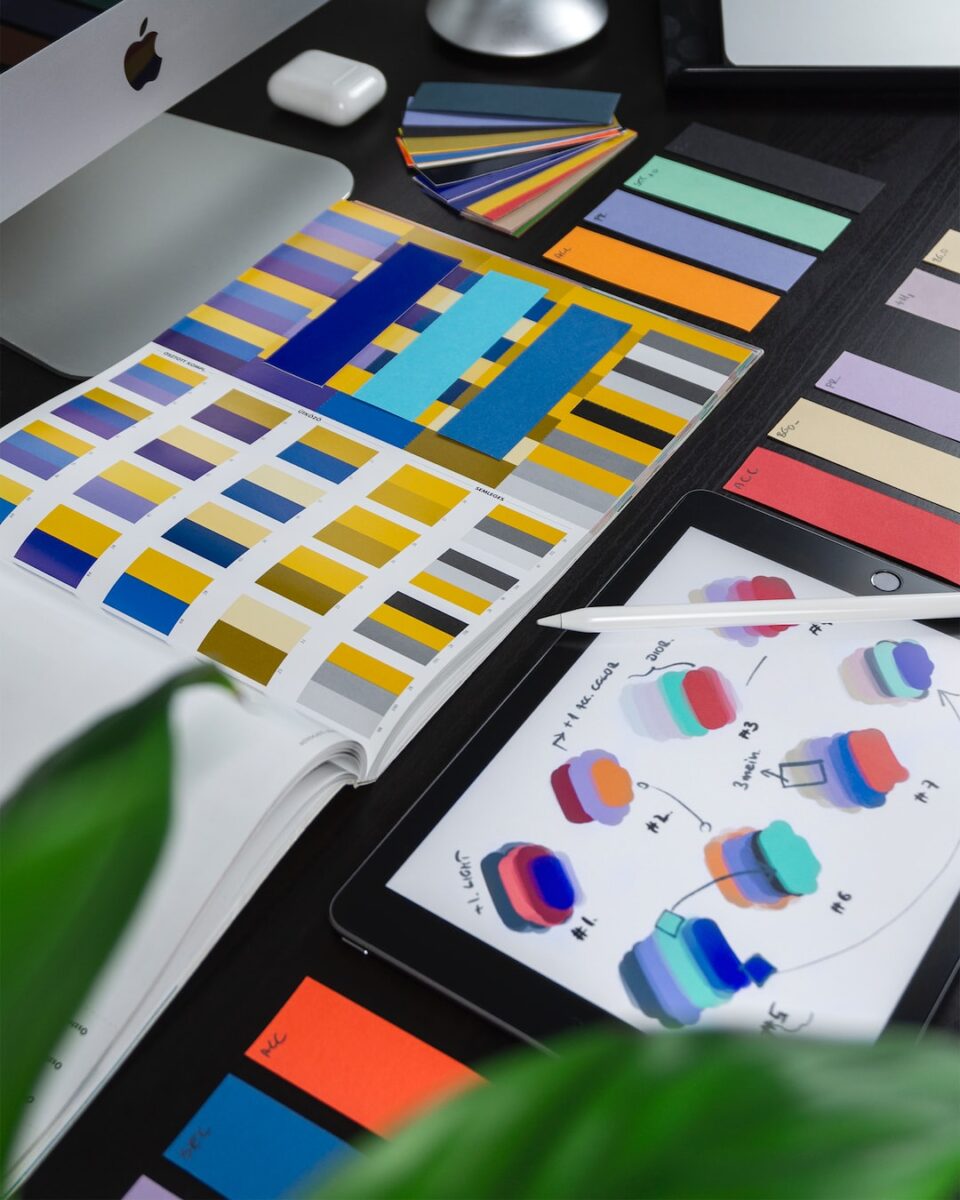Rediscovering Mid-Century Modern Design: A Timeless Classic
In the world of interior design, trends often come and go. Styles that were once popular can quickly fade into obscurity, only to resurface years later as a nostalgic throwback. One such style that has stood the test of time and continues to captivate homeowners and designers alike is Mid-Century Modern design.
Originating in the mid-20th century, Mid-Century Modern design is characterized by clean lines, organic forms, and a focus on functionality. This style emerged as a response to the ornate and overly embellished designs of the previous era, offering a fresh and minimalist aesthetic that still feels incredibly relevant today.
One of the key elements of Mid-Century Modern design is its emphasis on simplicity. Every aspect of a Mid-Century Modern space is carefully considered and deliberate, with unnecessary elements stripped away. This clean and uncluttered approach creates a sense of calm and serenity in a room, allowing the furniture and architectural elements to shine.
When it comes to furniture, Mid-Century Modern design is known for its iconic pieces. Designers such as Charles and Ray Eames, George Nelson, and Eero Saarinen created now-famous chairs, tables, and sofas that epitomize the style. These pieces often feature sleek lines, natural materials, and a mix of both organic and geometric shapes. The use of materials such as leather, wood, and molded plastic further adds to the timeless appeal of these designs.
Another characteristic of Mid-Century Modern design is its connection to nature. In response to the increasingly urbanized world, Mid-Century Modern architects and designers sought to bring the outdoors inside. Large windows, open floor plans, and the use of natural materials contribute to a sense of harmony with the environment. This connection to nature is not only aesthetically pleasing but also promotes a sense of well-being and tranquility in the home.
Color is another important element of Mid-Century Modern design. While the palette is often characterized by neutral tones such as whites, grays, and browns, pops of bold and vibrant colors are also common. These colors are typically used in smaller accents such as pillows, rugs, or artwork, adding a touch of playfulness to the overall design scheme. This balance between neutrals and bold hues creates a space that feels both sophisticated and lively.
Mid-Century Modern design also embraces technology and innovation. This style emerged during a period of rapid technological advancement, and designers sought to incorporate these advancements into their work. As a result, Mid-Century Modern spaces often feature sleek appliances, built-in storage solutions, and carefully designed lighting fixtures. These elements not only enhance the functionality of the space but also add to its overall aesthetic appeal.
One of the reasons why Mid-Century Modern design remains so popular today is its versatility. While the style originated in the 1950s and 1960s, it has continuously evolved and adapted to fit the needs and tastes of different generations. Mid-Century Modern furniture and accessories can effortlessly blend with other design styles, such as contemporary or Scandinavian, creating a cohesive and timeless look.
In conclusion, Mid-Century Modern design is indeed a timeless classic. Its clean lines, organic forms, and focus on functionality continue to resonate with homeowners and designers today. Whether in the form of iconic furniture pieces or the use of natural materials and colors, Mid-Century Modern design creates spaces that are both sophisticated and inviting. So, whether you’re a fan of this style or simply looking to add a touch of nostalgic charm to your home, consider rediscovering Mid-Century Modern design.

